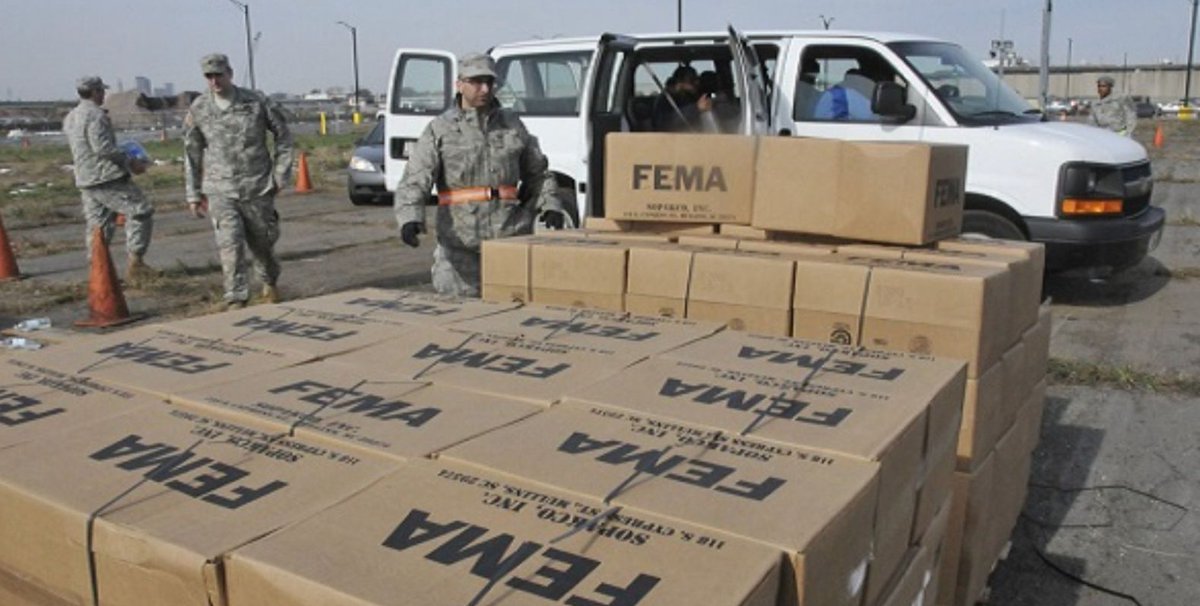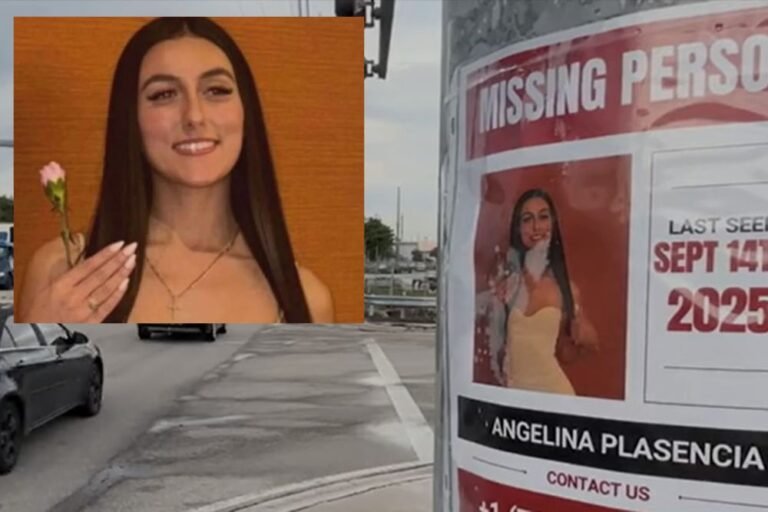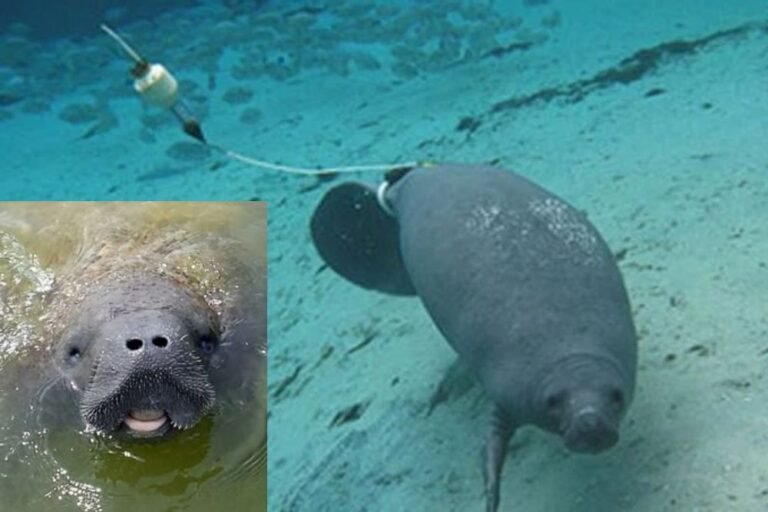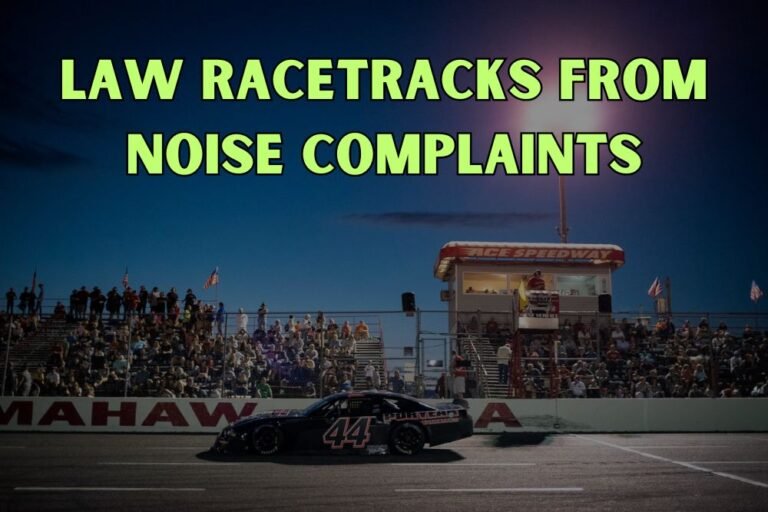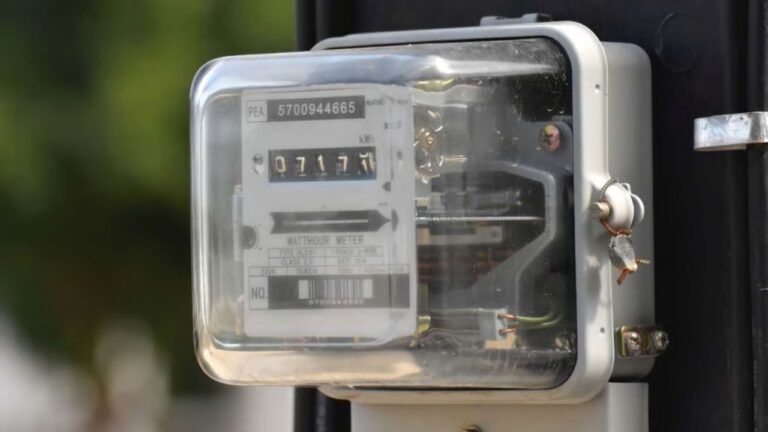Fentanyl Disguised as FEMA Aid? Reality Hits at Canada–Alaska Port
ALASKA — A viral claim that fentanyl traffickers used FEMA-labeled boxes to sneak drugs across the Canadian border into Alaska has prompted intense scrutiny and debate over the U.S. northern border’s role in the opioid crisis.
The incident stems from a recent seizure by U.S. Customs and Border Protection, where agents intercepted over a pound of fentanyl concealed in FEMA-marked packaging during a vehicle inspection. According to CBP officials, the packages raised red flags due to suspicious labeling and inconsistencies in the driver’s stated destination — reportedly North Carolina.
While the fentanyl seizure itself is real, many of the narrative details circulating online — such as references to “Canadian refugees from Rwanda” or insinuations of systemic Canadian failure — remain unverified and appear to stem from speculation, not official reports.
What’s Known About the Seizure
CBP officers operating out of the Seattle Field Office, which oversees ports in Alaska, conducted the inspection that uncovered the fentanyl. Officials said the use of FEMA-stamped boxes was likely an intentional strategy to reduce suspicion.
The incident highlights how traffickers exploit disaster-related imagery and federal markings to camouflage illicit substances.
The Northern Border’s Role: Smaller Than You Think
While the dramatic seizure captured attention, experts note that the northern border plays a minor role in America’s fentanyl crisis. A recent analysis by researchers at Carnegie Mellon University found that northern entry points — including Alaska — account for just 1–2% of large-scale fentanyl interceptions.
In contrast, the U.S.–Mexico border accounts for roughly 40% of all major fentanyl seizures in the country.
Unverified Claims and Public Reaction
The viral post also included unproven assertions about the driver’s nationality, motives, and the Canadian government’s responsibility. However, CBP has not publicly confirmed any details regarding the individuals involved or their immigration status.
As misinformation spreads rapidly online, national security experts warn that unverified narratives risk shifting focus away from real enforcement challenges and policy gaps.
Policy Implications and What Comes Next
Lawmakers on both sides of the border are calling for improved cross-border intelligence sharing, better tracking of suspicious shipments, and stricter oversight of how federal-style branding like FEMA’s is used in non-official contexts.
The case is also a reminder that fentanyl remains a nationwide crisis, with cartels and traffickers constantly adapting their methods.
Do you think authorities should do more to prevent disguised trafficking through official-looking packaging? Or is the southern border still the main front in the fight against fentanyl? Share your thoughts in the comments at SaludaStandard-Sentinel.com.

